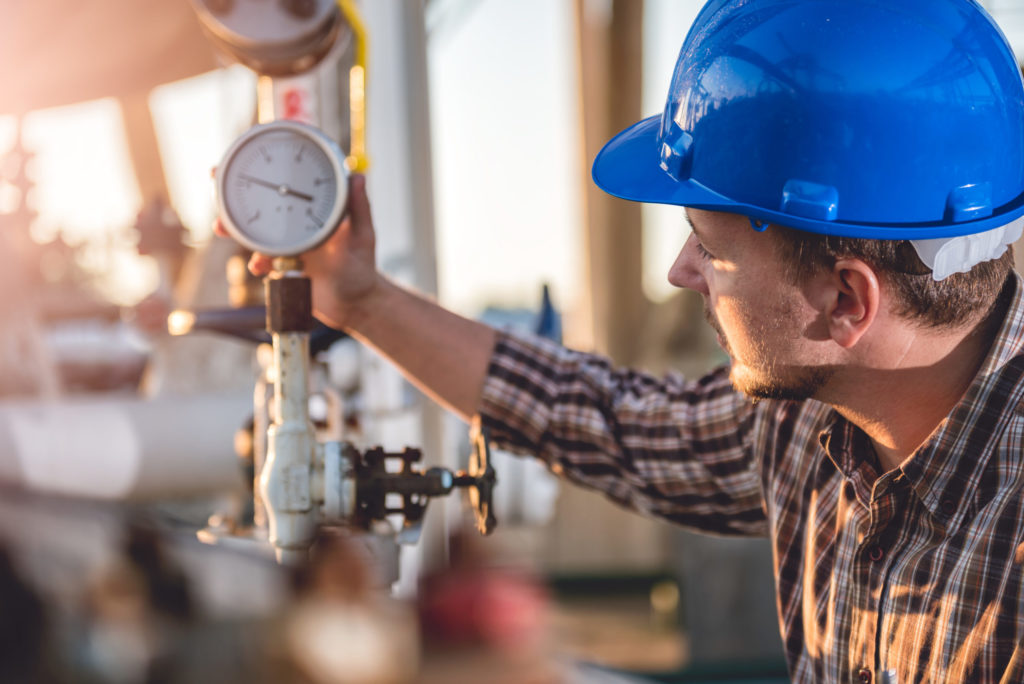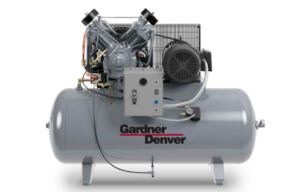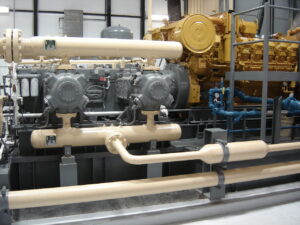The natural gas industry received a boost in the last decade with the uptick in fracking. It also created a combustible conflict surrounding how to deliver the newfound natural gas to its final destinations. The potential the natural gas supply created was overshadowed by conflict, as traditional delivery methods proved to be too costly. Aside from the economic and environmental risks that existed with the building of the pipelines and transportation of the gas, there were dangers with pipeline and transportation trucking that has brought heavy scrutiny to traditional transportation methods. The solution to the problem was found in the creation of a new option – a virtual pipeline. The virtual pipeline is a new reality for natural gas distribution that has provided a fresh way to link suppliers to customers.
WHAT IS THE VIRTUAL PIPELINE
Rather than build actual pipelines across the states, virtual pipelines have become the default option, and have proven to be incredibly valuable. While the term “virtual” may give individuals the idea that it is intangible, the virtual pipeline is a new reality for natural gas distribution to consumers everywhere.
The “virtual pipeline” is a clean energy infrastructure that connects industrial facilities, institutions, and municipalities to the natural gas pipeline through a network of pipeline terminals, trucks, and on-site decompression stations. The practice of a virtual pipeline involves the loading of compressed natural gas into cylinders onto specially designed trucks. The trucks then take the gas either to existing pipelines or to areas that are not connected to a natural gas distribution system, such as rural areas and factories, universities, and hospitals.
Unlike other fuel distribution systems, the virtual pipeline is a reality for natural gas distribution to those who need it because of more than just road transportation. Both scalable and modular virtual pipelines can use trains, highways, and ships to supply fuel to the end-users. That makes virtual pipelines a distribution system that is more flexible and cost-effective than other means.
ADVANTAGES OF VIRTUAL PIPELINES
While conventional pipelines are still common practice, the virtual pipeline offers a number of advantages for natural gas distribution. Virtual pipelines negate the need for consumers to connect to natural gas grids. This allows for consumers ANYWHERE to get the natural gas they need with a customizable supply when they need it. This means that consumers don’t have to worry about an outlay of finances on equipment to tap into and hold the reserves of gas they order. Another advantage comes in the form of the reliable, consistent supply of eco-friendly energy it delivers. Finally, the convenience of the virtual pipeline makes it easy for loading and unloading, allowing for direct connections to any and all stations it is delivered to.
The virtual pipeline is a reality for natural gas distribution to extend well beyond the limitations previous channels provided. With convenience and efficiency, the idea of natural gas having limitless potential to consumers everywhere is now a reality thanks to virtual pipelines.




